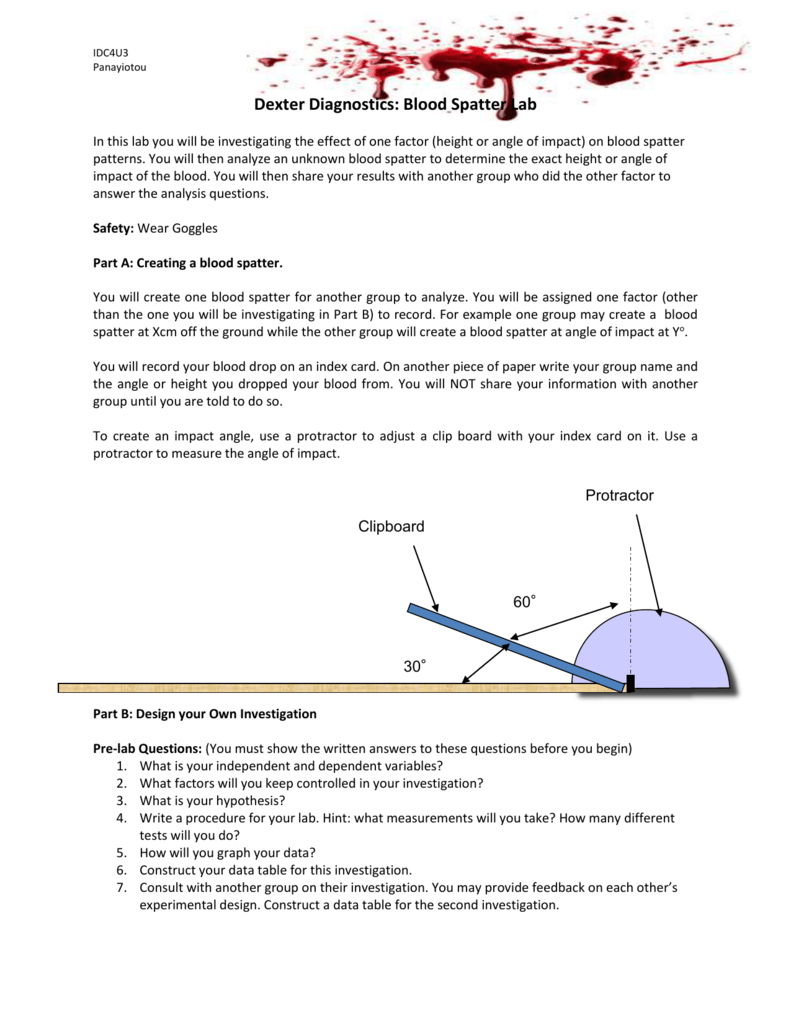Coloring Pages Blood Answer Key Forensics are a fun and educational way for students to learn about forensic science. These coloring pages feature various blood splatter patterns and clues that students can analyze to solve a mystery. By coloring in the different blood patterns, students can practice their observation and deduction skills while learning about the science behind blood analysis.
Unique Features of Coloring Pages Blood Answer Key Forensics
One unique aspect of Coloring Pages Blood Answer Key Forensics is that they provide a hands-on way for students to engage with forensic science concepts. By coloring in the different blood splatter patterns, students can visually see how different factors, such as velocity and angle, can affect the shape and size of blood droplets. This visual representation can help students better understand the principles of blood spatter analysis.
- Interactive way to learn about forensic science
- Hands-on practice for observation and deduction skills
- Visual representation of blood spatter analysis principles
Benefits of Coloring Pages Blood Answer Key Forensics
Using Coloring Pages Blood Answer Key Forensics can benefit students in several ways:
- Improves critical thinking skills
- Enhances understanding of forensic science concepts
- Encourages creativity and engagement
Instructions for Using Coloring Pages Blood Answer Key Forensics
When using Coloring Pages Blood Answer Key Forensics, make sure to encourage students to carefully analyze the blood splatter patterns before coloring them in. Have students discuss their observations and deductions with their peers to foster collaborative learning. Additionally, remind students to use different colors to differentiate between different types of blood spatter patterns.
Techniques for Coloring Coloring Pages Blood Answer Key Forensics
To make the most of Coloring Pages Blood Answer Key Forensics, students can use techniques such as shading and blending colors to create realistic blood spatter patterns. Encourage students to experiment with different color combinations to see how they affect the overall appearance of the blood splatters. Remind students to pay attention to details and be precise in their coloring to accurately represent the blood spatter patterns.
Coloring Pages Blood Answer Key Forensics
Coloring Pages Blood Answer Key Forensics – coloringpages2019
Blood coloring, Download Blood coloring for free 2019

Chapter 10 Blood Anatomy And Physiology Coloring Workbook Answers

Blood Cell Coloring Page Coloring Pages

Blood Typing & Blood Spatter Review Stations [Forensics Activity] ⋆ The
![Coloring Pages Blood Answer Key Forensics Blood Typing & Blood Spatter Review Stations [Forensics Activity] ⋆ The](https://i1.wp.com/thetrendyscienceteacher.com/wp-content/uploads/2019/02/COVER-2.png)
Download Coloring Pages Blood Answer Key Pictures | COLORING PAGES

Coloring Pages Blood Answer Key Forensics – coloringpages2019

Understanding The Answers To A Blood Types Worksheet – Free Worksheets

Free Blood Test Tube Coloring Page | Coloring Page Printables | Kidadl

